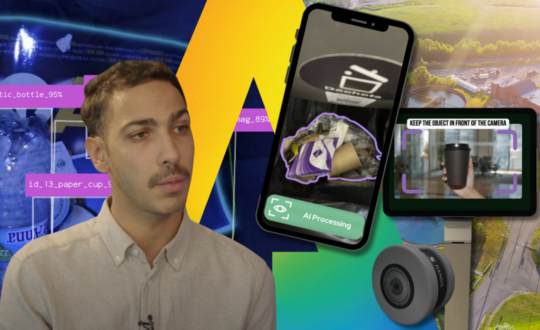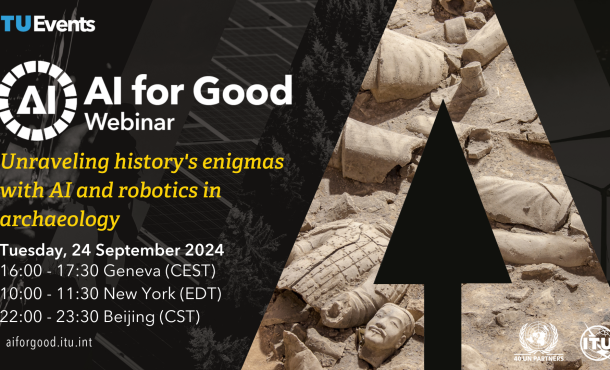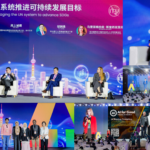Seeing the future of robotics: The transformative power of AI and computer vision

- 18 October 2023
By Xiaoran Tang
“Purely intellectual activities AI systems computers can solve very nicely, but this physical problem where AI meets the physical world is still really beyond us,” Professor Peter Corke, Queensland University of Technology.
As robots increasingly intertwine with our daily lives—from household chores to space exploration—the importance of accurate “vision” and understanding becomes paramount.
The rapidly evolving domains of robotics and artificial intelligence (AI) are transformative. From the depths of complex algorithms to the real-world applications of robotic interaction, recent breakthroughs provide a glimpse into a future where machines can seamlessly blend into our environment.
These breakthroughs were discussed in a recent webinar titled “Computer vision for the next generation of autonomous robots” which delved into the work of research being carried out at the University of Waterloo, Carnegie Mellon University, Massachusetts Institute of Technology (MIT) and Queensland University of Technology.
From vision to precision: Grasping new capabilities for robotic hand-eye coordination
At the Queensland University of Technology, Professor Peter Corke and his team have been focusing on enhancing robotic hand-eye coordination. A pivotal breakthrough has been identifying the optimal camera placement for robots, allowing precise object grasping. This ensures the robot’s “eyes” are always at the right place, close to its “hands.” Furthermore, by seamlessly integrating dynamic planning, the team envisions robots performing tasks with human-like fluidity and grace. The integration of tactile data ensures robots not only see but also “feel” their environment, paving the way for true replication of human finesse in machines.
“The goal is to create a humanlike understanding of the external environment for our robot,” noted Luca Carlone, an Associate Professor at the Massachusetts Institute of Technology
Carlone’s team is at the forefront of developing “certifiable perception algorithms,” combining traditional methods with cutting-edge techniques like deep learning. This innovative approach seeks to guarantee that robots will correctly interpret their surroundings, optimizing both safety and operational efficiency.

The perception leap through robot learning
The convergence of computer vision with machine learning is paving the way for robots that can not only perceive but also learn from their environment. This isn’t just about making our gadgets smarter. It’s about creating intelligent machines capable of understanding, interpreting, and adapting to the world around them.
“We have seen incredible revolutions in computer vision and natural language processing coming from training large-scale models,” Katerina Fragkiadaki, an Assistant Professor at Carnegie Mellon University,
The potential is limitless – from disaster-relief robots to devices that adapt and respond to their surroundings based on past learnings.
Watch the video to learn more:
Game-changing role of generative AI
Diving deeper into robotics, the potential of generative AI has surfaced as a game-changer, especially for industries like manufacturing. Generative AI holds the promise to revolutionize computer vision in robotics, with its ability to create multitask machine learning models and enhance data training, thereby offering clearer AI decision-making processes.
“…tremendous real-world challenges to achieving trustworthy high-performance computer vision for robotics, fortunately, gen-AI can be a very powerful tool,” said Professor Alexander Wong from the University of Waterloo.
This webinar demonstrates the promising and transformative future of robotics when they are integrated with computer vision and AI. Despite the challenges researchers are grappling with, unprecedented technological progress will redefine our interactions with machines and ensure robotics for social good.












